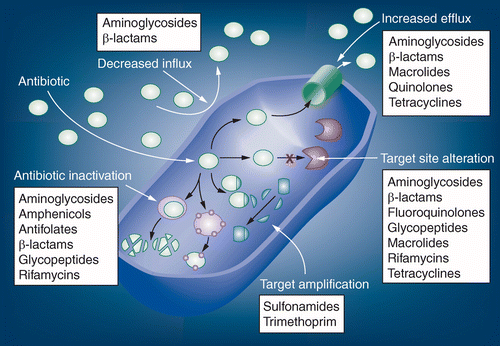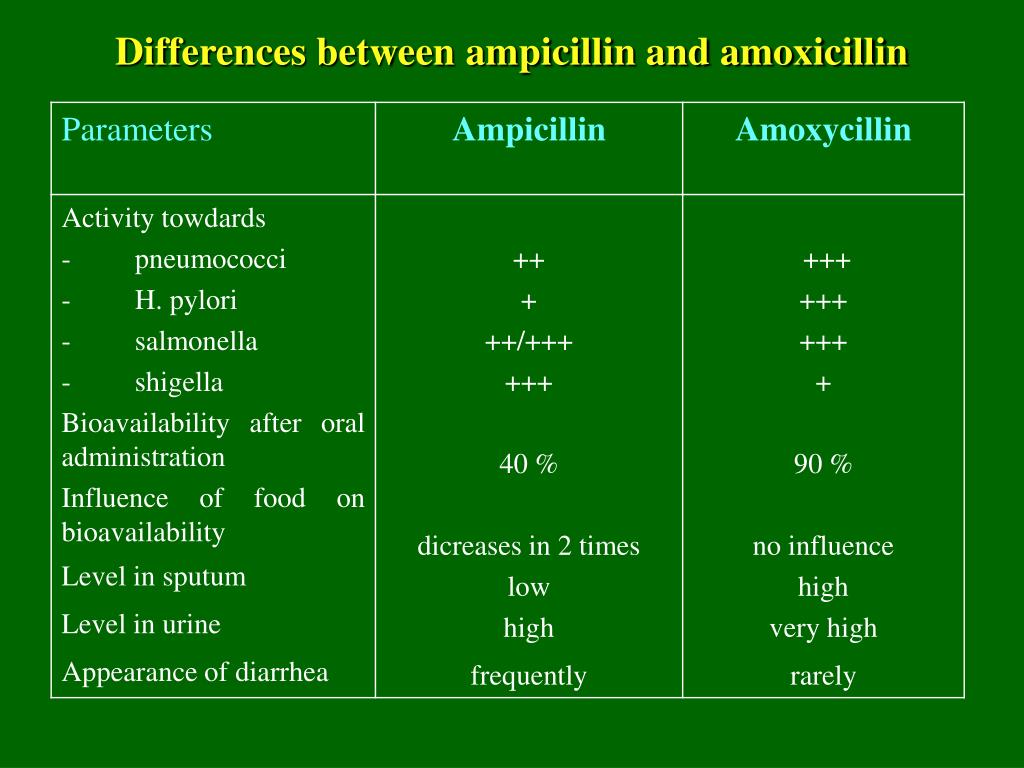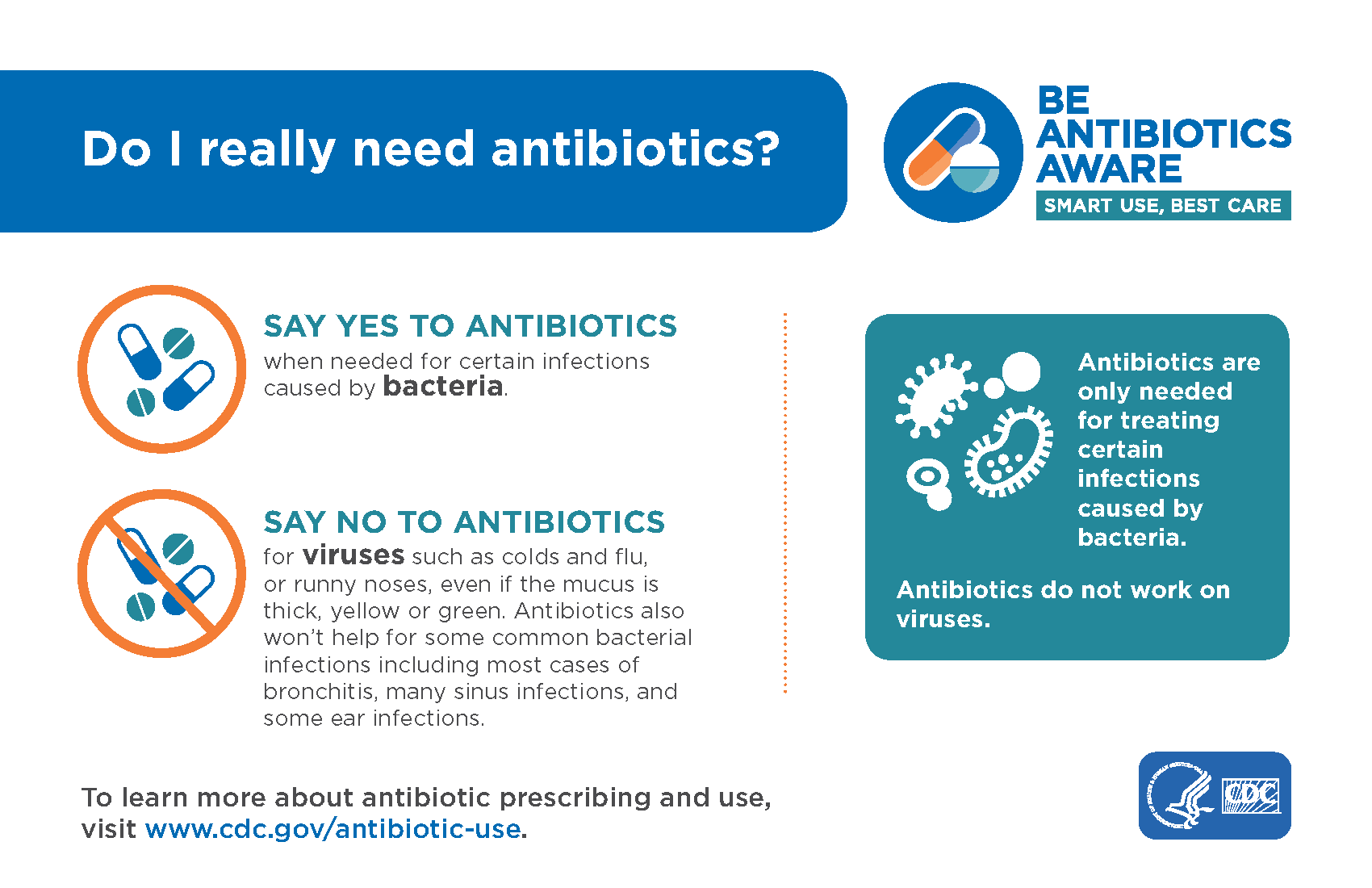How Many Hours Between Antibiotics. Fortunately, we now have antibiotics to treat these diseases—w e just have to remember to use them safely. It depends on what the medicine is as to how "rigid" you should be in regards to dosing.

Probiotics can also help restore the gut bacteria after.
The length of your treatment depends on the type of infection that you have.
Wait at least two hours after taking antibiotics before taking probiotics. The ones that can be taken once a day are broken. "You don't want the probiotic on board until a couple of hours after the antibiotic itself is taken," says Bedford. Antibiotics do not work for viral infections such as colds and flu, and most coughs and sore throats. Smart use of antibiotics is the best care. If your infection was resistant to previous antibiotic you can start the new antibiotic right away. Granola bowl image courtesy of Shutterstock.
Moreover, Bedford highly recommends that you continue to take probiotics for two. If you can manage it logistically, take your probiotics or eat your probiotic-rich foods about two hours after you take your antibiotics. Antibiotics are no longer routinely used to treat: The National Library of Medicine (NLM), on the NIH campus in Bethesda, Maryland, is the world's largest biomedical library and the developer of electronic information services that delivers data to millions of scientists, health professionals and members of the public around the globe, every day. Antibiotics do not work for viral infections such as colds and flu, and most coughs and sore throats. Summary: Taking probiotics during antibiotic treatment can reduce the risk of diarrhea, although the two should be taken a few hours apart. Wait at least two hours after taking antibiotics before taking probiotics.
I wonder if you intend to say how long should you wait between antibiotic therapies or how long should each dose of different antibiotics be spread from each other? Antibiotics and vitamins can interact with each other, sometimes with negative effects. Many hospitals and medical associations have implemented new diagnostic and treatment guidelines to ensure effective treatments for bacterial infections and reduce inappropriate use of antibiotics.






